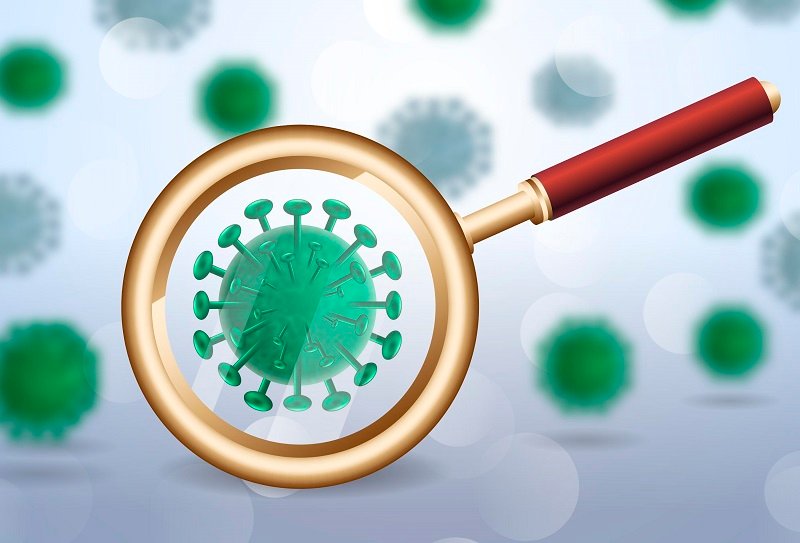What is Laturedrianeuro?
Laturedrianeuro is a unique biological entity that has garnered increasing attention in recent scientific research. Defined as a type of neurobiological phenomenon, it is characterized by its intricate interactions within various biological systems. The term “laturedrianeuro” derives from classical scientific nomenclature, blending elements that reference its neurobiological functions and origins in distinct organisms. This term encompasses a range of characteristics that may vary depending on the specific context in which it is studied.
Scientifically, laturedrianeuro is classified within the broader category of neurobiological phenomena. It is associated with several processes, including neuroplasticity, signal transduction, and intercellular communication. Its origins can be traced back to certain species where these neurobiological processes are particularly pronounced, shedding light on its evolutionary significance.
Research into laturedrianeuro is still in its nascent stages, although preliminary studies have indicated that it may play a crucial role in both health and disease. For instance, the mechanisms underlying laturedrianeuro have been observed in neural regeneration and repair, suggesting potential therapeutic applications. Additionally, researchers have explored its implications in neurodegenerative diseases, offering insights into how disturbances in laturedrianeuro function could lead to pathology.
Related phenomena, such as neurogenesis and synaptic plasticity, often intersect with the study of laturedrianeuro. By understanding these associations, researchers endeavor to unlock the complexities of laturedrianeuro and its role in advanced biological functions. Recognizing these elements is vital for grasping the fundamental question of whether laturedrianeuro can spread, as it sets the stage for deeper exploration into its mechanisms and implications in various contexts.
Potential Modes of Spread

The potential spread of laturedrianeuro is a multifaceted topic that warrants careful examination of various factors influencing its dissemination. Environmental conditions play a crucial role in determining whether laturedrianeuro can flourish and extend its reach. Climate variances, including temperature and humidity, can significantly impact habitat suitability, thereby facilitating or hindering the organism’s ability to thrive in certain locations. For instance, warmer temperatures may create optimal conditions for growth and reproduction, allowing laturedrianeuro to invade new areas.
Habitat type is another essential aspect to consider. Laturedrianeuro may adapt to different ecosystems, which could influence its geographic spread. The presence of suitable habitats—such as wetlands, forests, or urban areas—may facilitate the organism’s proliferation, as each environment can offer distinct resources and interactions that promote its survival. In addition, neighboring species may have symbiotic or competitive relationships with laturedrianeuro, which can either hinder or enhance its spread in various contexts.
Potential transmission vectors are also crucial in understanding how laturedrianeuro may extend its presence. Physical contact, such as through animal movements or human activities, could play a significant role in dispersal. Additionally, environmental mediums—such as wind, water, or soil—can carry laturedrianeuro spores or seeds to new locations. Furthermore, interactions with other organisms, such as predators or pollinators, might contribute to its spread. Different species can serve as carriers that inadvertently transport laturedrianeuro to new habitats. Understanding these complex dynamics of transmission vectors is essential to grasp how laturedrianeuro could potentially spread and establish itself in diverse environments.
Implications of Spread on Ecosystems
The potential spread of laturedrianeuro may have significant implications for various ecosystems, given its unique characteristics and interactions with native species. Understanding these consequences is essential for preserving ecological balance. As laturedrianeuro spreads, it can create competition for resources with indigenous flora and fauna, potentially leading to declines in native species. This competitive dynamic could alter the structure of local ecosystems, as species that are unable to compete with laturedrianeuro may face extinction or reduced populations.
Moreover, the introduction of laturedrianeuro could disrupt existing food chains. Its presence might change the availability of resources, affecting creatures that rely on specific plants or animals for sustenance. In ecosystems where laturedrianeuro is introduced, herbivores might initially thrive on its abundance, yet as populations grow, they may contribute to overgrazing or overconsumption of native vegetation. As a result, this could lead to a decline in biodiversity and further exacerbate ecological imbalances.
Interactions between laturedrianeuro and other species also warrant attention. It may not only compete with native species but also facilitate the transfer of diseases or pests that could affect wildlife and agricultural practices. Therefore, monitoring the spread of laturedrianeuro becomes crucial from a conservation standpoint, as proactive measures can be implemented to mitigate negative impacts on ecosystems. Conservation efforts may need to include restoration of affected habitats, controlling laturedrianeuro’s spread, and enhancing the resilience of native species against its encroachment.
In conclusion, the potential spread of laturedrianeuro holds numerous implications for ecological dynamics. A thorough evaluation of its interactions with the surrounding environment is essential for informing conservation strategies and maintaining ecological integrity.
Current Research and Future Directions
The study of laturedrianeuro and its potential for spread has garnered significant attention in the scientific community. Recent research has explored various ecological and biological aspects of this phenomenon, focusing on understanding the mechanisms that facilitate its dissemination. Notable studies have utilized advanced genetic sequencing techniques to trace the pathways of laturedrianeuro, revealing intriguing patterns that suggest both local adaptation and broader ecological interactions. These findings are pivotal for answering the pressing question: can laturedrianeuro spread effectively in diverse environments?
One area of ongoing research examines the environmental factors influencing laturedrianeuro’s spread. Studies have identified specific climatic conditions that could enhance its propagation, while others have highlighted the role of habitat fragmentation in either aiding or hindering its distribution. Despite these advancements, significant gaps remain in our understanding. For instance, there is a lack of comprehensive studies examining the impact of human activities on the spread of laturedrianeuro, such as urban development or agricultural practices, which may have far-reaching implications for biodiversity and ecosystem stability.
Future research should prioritize these unexplored dimensions. Investigating the interactions between laturedrianeuro and other species could reveal critical insights into its ecological role and impact. Moreover, empirical studies aimed at assessing the economic and social implications of its spread would be invaluable for policy-making. By examining the consequences of laturedrianeuro propagation, we can adopt more informed ecological management strategies to mitigate potential negative effects.
Overall, the question of whether can laturedrianeuro spread effectively remains at the forefront of ecological research. Continued investigation will not only deepen our understanding of this enigmatic phenomenon but also contribute to informed decision-making in ecological management and public policy.


